Northern Caiman Lizard
Very little is known about this species, as no peer-reviewed studies exist on wild northern caiman lizards and their population is unknown. Most current knowledge about them comes from observations under human care.
Day of Creation: six
Biblical Kind: whiptail lizard (includes tegus, jungle-runners, whiptail lizards, ameivas, and false monitors)
Status: least concern
Length: up to 4 feet
Weight: up to 10 pounds
Habitat: swamps and riparian habitats of northern South America
Lifespan: 8–12 years
Diet: snails, clams, crawfish, crabs, fish, amphibians, turtles, rodents
Family Life: solitary
Reproduction: 5–7 young hatch after 6-month incubations
Fun Facts
- This species’ common name comes from their similarity in appearance to caimans, relatives of alligators. Not only do they have a semiaquatic lifestyle, but they are also designed with powerful jaws, raised scutes along their backs, and laterally flattened tails.
- Like snakes, whiptail lizards have long, forked tongues that they use to collect scents. They then press their tongues to the Jacobson’s organs on the roofs of their mouths to be interpreted.
- Caiman lizards are excellent swimmers and climbers and often bask on branches overhanging water for quick escapes. Clear third eyelids act as goggles underwater.
- They specialize in hunting snails with their powerful jaws. They will crush shells with their strong back teeth and then spit the shell pieces out. They have even been seen hunting Amazon River turtles.
- These lizards are smart, can solve problems, and recognize people.

